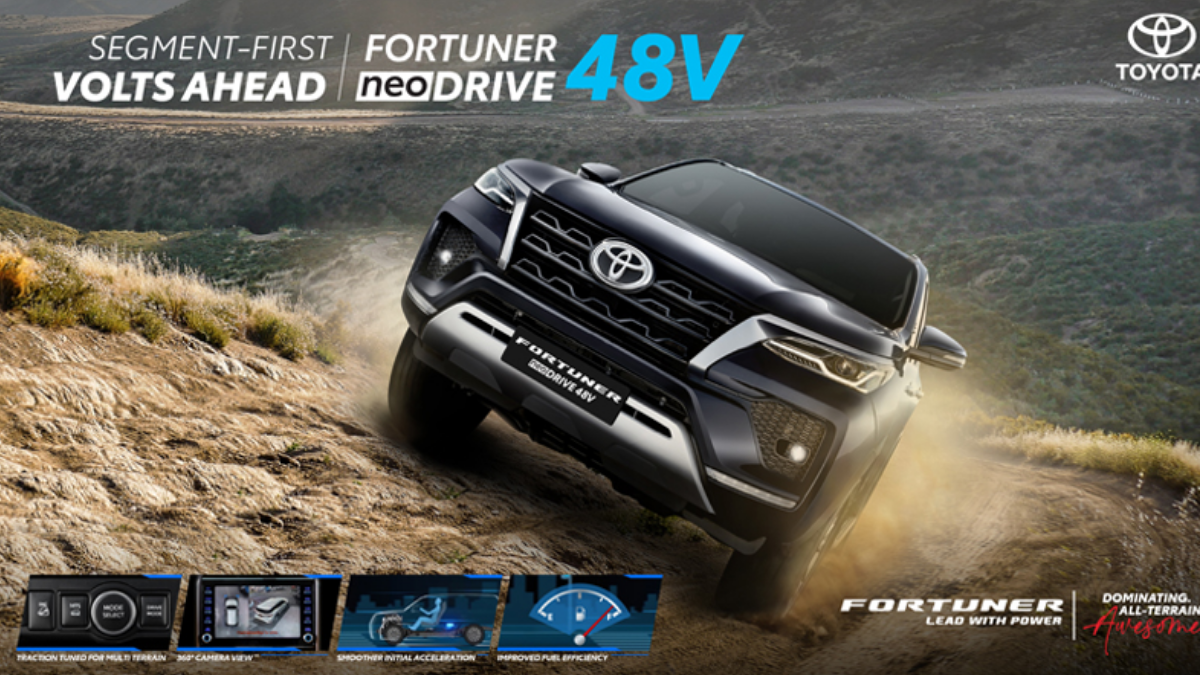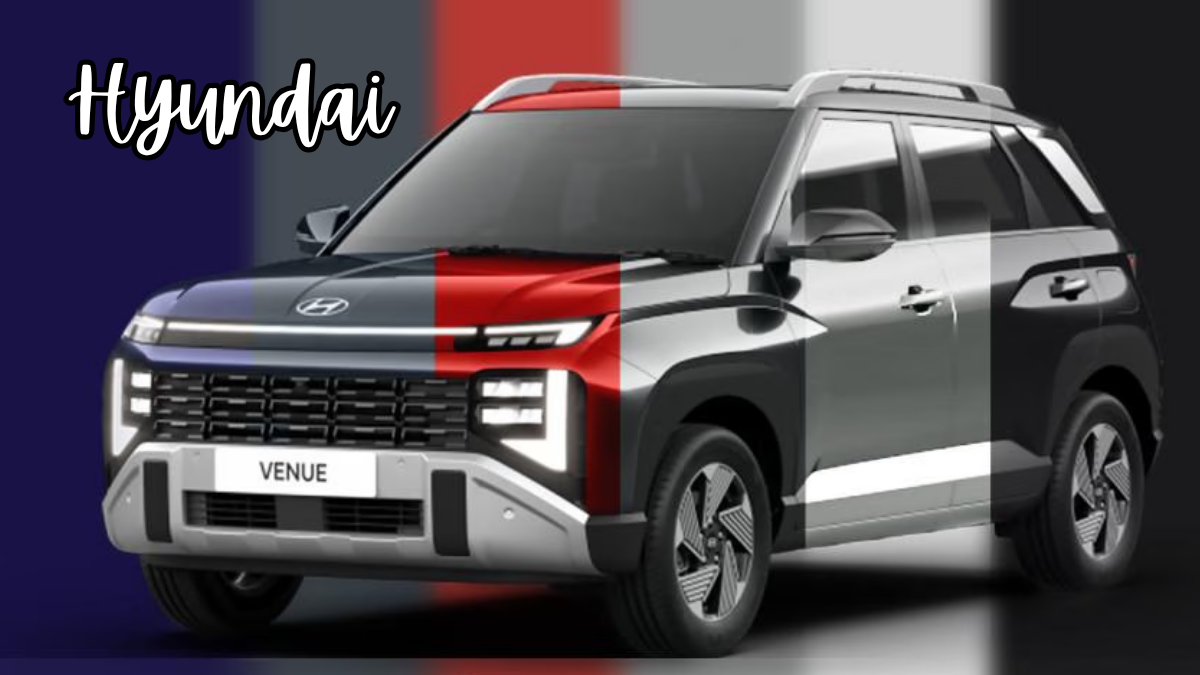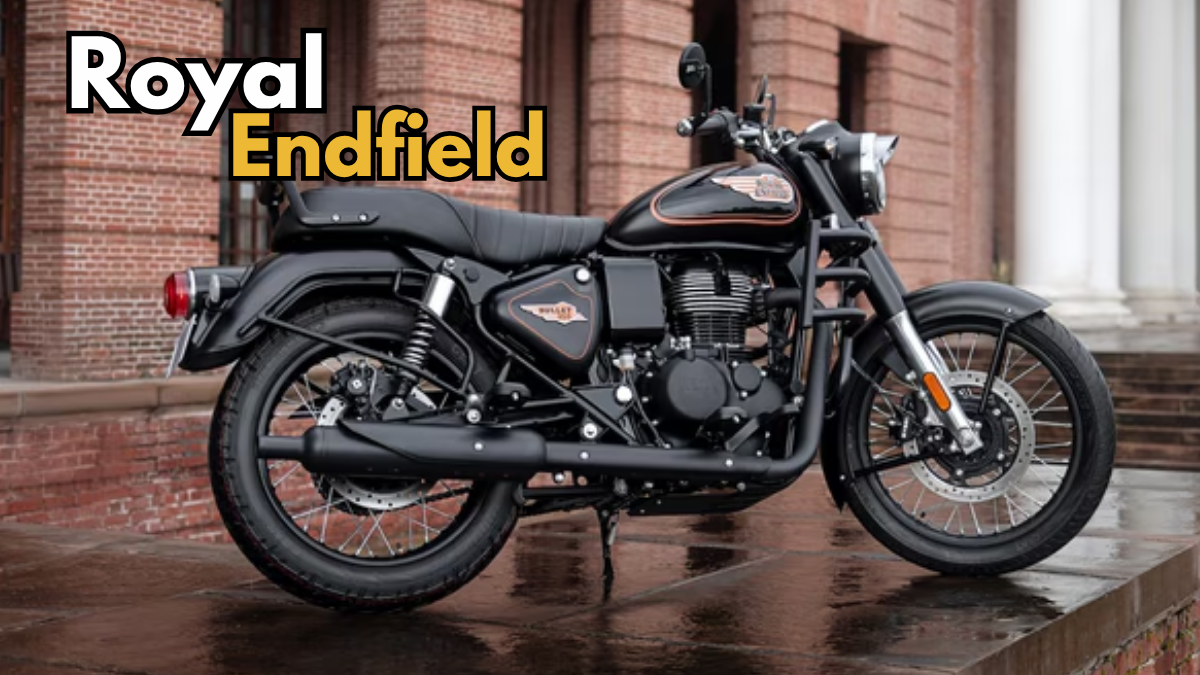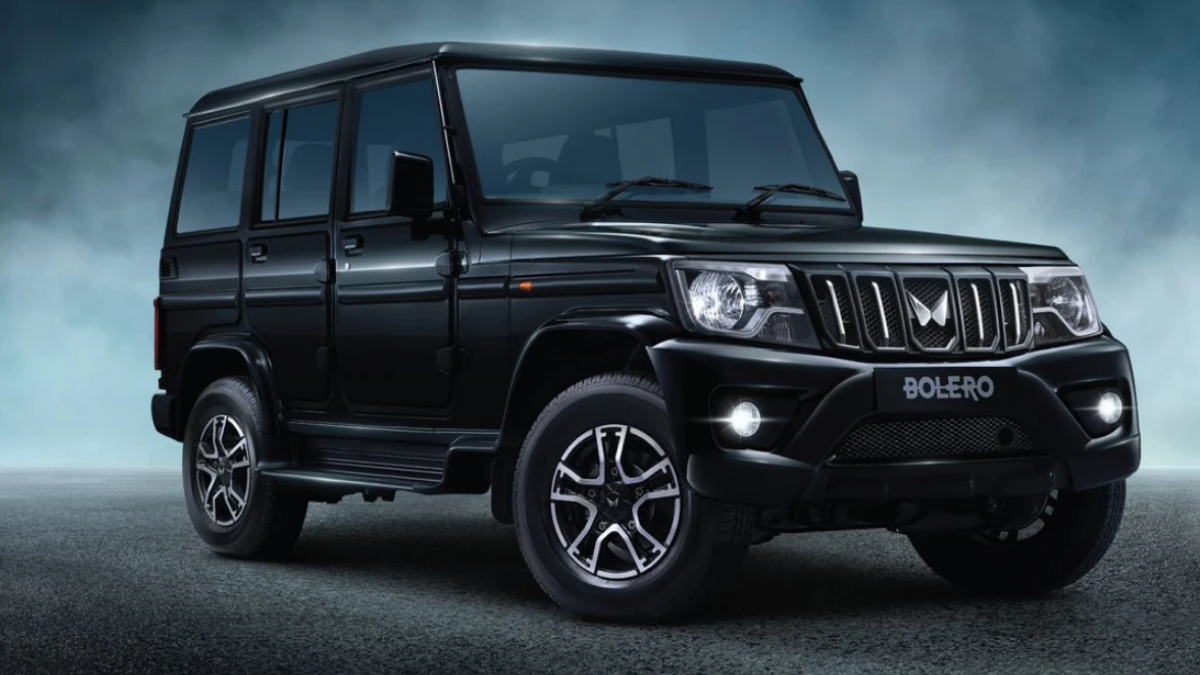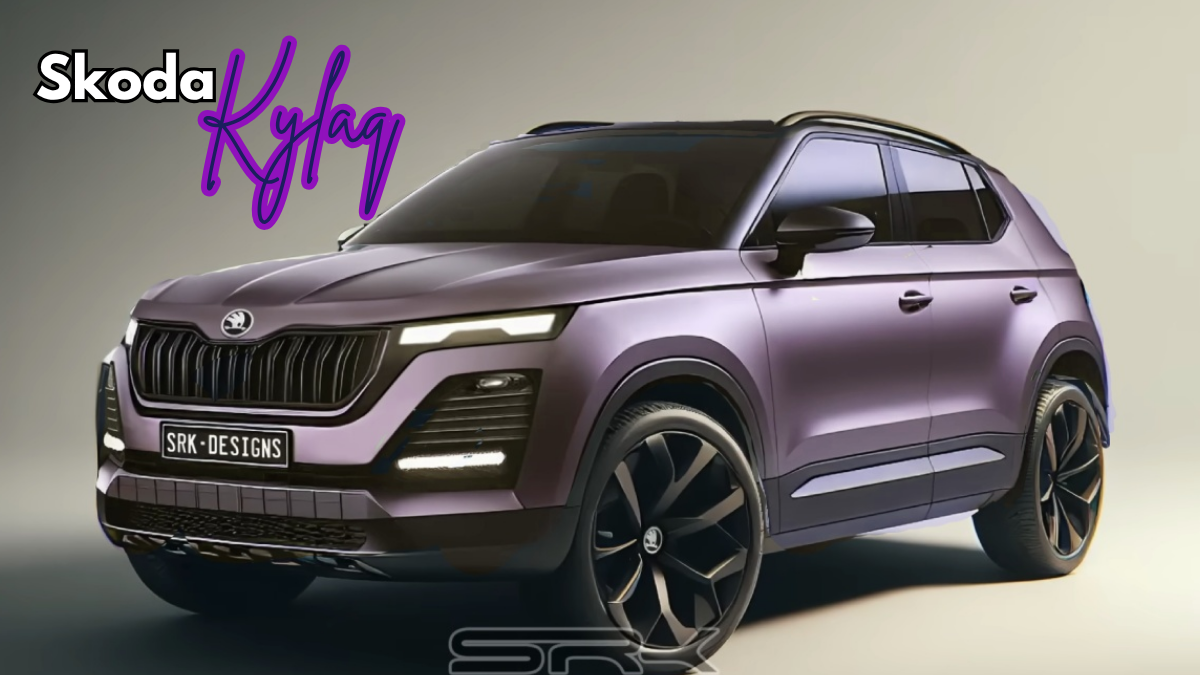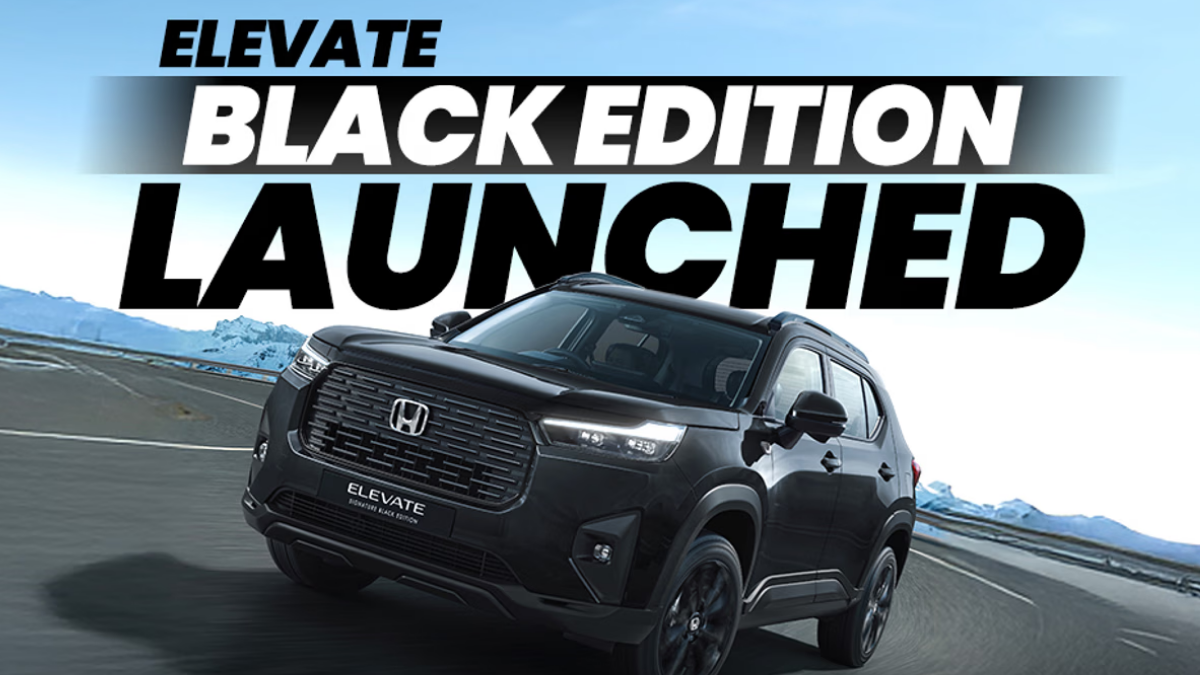Fixing the Unbroken
Toyota’s Fortuner has long dominated India’s ladder-frame SUV segment with a reputation for durability, resale value and go-anywhere ability. The new Neo Drive variants add a 48-volt mild-hybrid system to the 2.8-litre diesel 4×4 automatic, join a couple of convenience and capability features, and ask roughly Rs 2 lakh more than the discontinued standard 4×4 AT. The pitch is simple: retain the Fortuner’s indestructible character, trim emissions, and offer a touch more polish. Does it meaningfully move the needle?
Exterior Design and Engineering — 8/10
If you liked the Fortuner yesterday, you will recognise it today. Styling is unchanged: slim LED headlamps, the big chrome grille, squared-off stance, and that kinked window line that visually lifts the rear. The only tell is a discreet Neo Drive badge beneath the Sigma 4 emblem on the tailgate. It still looks imposing and premium enough in a tough-utility way, and road presence remains a major draw.
Under the skin, the essentials are familiar: ladder-frame construction, robust suspension hardware, and four-wheel-drive with low range. The mild-hybrid hardware sits within the cabin footprint, helping Toyota preserve the Fortuner’s 700 mm water-wading capability and approach its off-road brief without compromises to geometry.
Quick Summary
Item |
Details |
|---|---|
Variant |
Fortuner Neo Drive 4×4 AT (48V mild-hybrid) |
Powertrain |
2.8-litre turbo-diesel, 6-speed AT, 4WD, 48V mild-hybrid assist |
Key Changes |
48V system, 360-degree camera, Multi-Terrain Select, wireless charger |
What’s Missing |
Ventilated front seats deleted on Neo Drive |
Claimed Upside |
Smoother starts, marginal efficiency gain, added off-road modes |
Price (ex-showroom) |
Fortuner Neo Drive 4×4 AT: Rs 44.72 lakh; Legender Neo Drive 4×4 AT: Rs 50.09 lakh |
Official Site |
Interior Space and Comfort — 7/10
Climb-in height is substantial, but once aboard the Fortuner’s commanding driving position and excellent all-round visibility make long drives easy. The front seats are generously cushioned, and the second row is spacious with slide and recline. Even the third row can carry adults over longer stints than you might expect in this class.
However, the cabin’s design and materials feel dated. The layout is essentially nine years old, and while everything feels tightly assembled and built to last, the textures and finish are outclassed by newer monocoque SUVs and similarly priced crossovers. The sense of indestructibility is intact; the sense of modern luxury is not.
Features and Safety — 8/10
Neo Drive adds two functional updates: a 360-degree camera and Multi-Terrain Select (MTS) with presets such as Mud, Sand, Rock, Dirt and Snow. MTS adjusts throttle, braking and traction control mapping to suit the surface. The new wireless charging pad is adopted from the Legender.
On the flip side, ventilated front seats have been deleted, reportedly due to packaging constraints because the DC-DC converter for the 48V system sits beneath the front passenger seat. Considering lower variants still offer ventilation, this deletion feels like a step backward.
The equipment list otherwise remains competitive: auto LED headlamps, 18-inch alloys, leatherette upholstery, an 8-inch touchscreen, dual-zone climate control, powered tailgate and connected conveniences. Safety coverage includes seven airbags (with driver knee airbag), vehicle stability control, hill start assist and hill descent control. There is still no ADAS on any Fortuner variant.
Engine, Mild-Hybrid Tech and Performance — 7/10
Core Specs
- Engine: 2,755 cc, 4-cyl turbo-diesel
- Output: 204 hp, 500 Nm
- Gearbox: 6-speed torque-converter automatic
- Drivetrain: 4WD with low range
- Mild-hybrid: 48V belt-integrated starter-generator, DC-DC converter, Li-ion battery
- 0–100 km/h (tested): 11.38 s with three occupants
The 48V system enables auto start-stop, torque assist under load and brake-energy regeneration. Start-ups are smoother and throttle tip-in feels more refined at crawling speeds. Beyond that initial polish, the diesel’s grumble returns at mid and high revs. In city traffic, asking for quick acceleration can send revs toward 2,000 rpm with modest forward surge, creating a droning note reminiscent of a CVT even though this is a conventional torque-converter automatic.
Outright performance remains strong for the class. The mild-hybrid assist is subtle in everyday driving; you will notice the Fortuner more for its torque-rich mid-range and steady, predictable response than for any electrified punch. Drive modes (Eco/Normal/Sport) and the MTS presets expand the spectrum from efficiency-minded cruising to loose-surface confidence.
Fuel Efficiency — 6/10
Toyota has not published an official Neo Drive 4×4 AT fuel-economy number. The company indicates about 43 additional kilometres per 80-litre tank thanks to recuperation and smoother stop-starts. In the real world, that translates to a marginal improvement. For the fuel-agnostic Fortuner buyer, the environmental and refinement wins may matter more than the pump savings.
Ride and Handling — 6/10
The Fortuner feels near-indestructible on broken roads and unpaved tracks. That unflappable toughness, however, trades off some comfort. At low speeds the ride is busy and can feel unsettled over sharp edges. The tall stance, ladder-frame construction and high centre of gravity bring noticeable body roll, pronounced nose dive under braking and a top-heavy feel if you hustle it. The steering is weighty in tight spaces but stabilises reassuringly at highway speeds. This is an SUV built to endure abuse first, entertain second.
Price, Value and Verdict — 6/10
- Fortuner Neo Drive 4×4 AT: Rs 44.72 lakh (ex-showroom)
- Legender Neo Drive 4×4 AT: Rs 50.09 lakh (ex-showroom)
The Neo Drive hardware and added features come with roughly a Rs 2 lakh premium over the outgoing 4×4 AT. The value equation is not helped by the deletion of ventilated seats and the mild-hybrid’s limited real-world efficiency gains. Even so, the Fortuner remains uniquely positioned: no rival blends image, ruggedness, reliability and resale quite like it. Buyers who want an all-terrain, body-on-frame diesel with Toyota’s badge and service network have effectively one choice, and Toyota knows it.
Bottom line: Neo Drive subtly improves refinement and breadth of capability without changing the Fortuner’s essence. If you already wanted a Fortuner 4×4 AT, this is the most polished version of it. If you were hoping for a leap in comfort, tech or efficiency, the changes feel incremental.
Pros and Cons
Pros
- Smoother starts and marginally more polished low-speed response
- MTS adds useful off-road adaptability; 700 mm wading retained
- Feels unbreakable on bad roads; robust 4×4 hardware
- Brand equity, reliability and resale still class benchmarks
Cons
- Ventilated front seats removed on Neo Drive
- Cabin design and materials feel dated at the price
- Low-speed ride is busy; handling remains top-heavy
- Mild-hybrid efficiency gain is small in daily use
Frequently Asked Questions
1) What exactly does the 48V mild-hybrid add?
A belt-starter generator, a small lithium-ion battery and power electronics enable smoother start-stop, mild torque assist and energy recuperation. Expect better refinement at low speeds and a small efficiency benefit.
2) Does Neo Drive affect off-road capability?
No. Hardware packaging preserves the Fortuner’s 700 mm wading depth and rugged drivetrain. Multi-Terrain Select enhances traction by tailoring throttle, braking and traction control to different surfaces.
3) Why are ventilated seats missing on Neo Drive?
Toyota cites packaging constraints linked to the DC-DC converter located under the passenger seat. Lower non-hybrid variants continue to offer ventilation.
4) Is there any ADAS on the Fortuner?
No Fortuner variant currently offers ADAS. Safety equipment includes seven airbags, VSC, hill start assist and hill descent control.
5) How quick is the Neo Drive 4×4 AT?
In instrumented testing with three occupants, 0–100 km/h was recorded at 11.38 seconds. Performance feels strong in the mid-range rather than sprinty.
6) Is the efficiency improvement meaningful?
Toyota hints at roughly 43 extra kilometres per 80-litre tank. In daily use, that will feel modest and will not change running-cost math dramatically.
7) Who should buy the Neo Drive?
Buyers prioritising durability, genuine 4×4 ability, brand assurance and resale over cutting-edge cabin tech or plush ride quality. If you were already set on a Fortuner 4×4 AT, Neo Drive is the most refined iteration.
For More Information Click HERE

